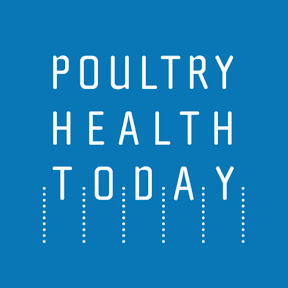



Utilizing on-farm testing key to helping processors understand S. Infantis loads
Using a range of testing methods for Salmonella Infantis can help broiler companies build a better picture of how effective interventions against the pathogen are performing.With the USDA having lowered the acceptable baseline for Salmonella in plants, understanding the pathogen load of birds entering processing facilities is vital, said Chuck Hofacre, DVM, president of the Southern Poultry Research Group.
That means taking samples on farms is critical as companies work to understand the success of vaccination and other interventions such as organic acids, probiotics and direct-fed microbials, he told Poultry Health Today.
To help identify the most effective on-farm testing methods, Hofacre said in a recent study he had taken samples from boot socks and birds’ internal organs to see if there is any correlation to levels of S. Infantis found in the carcass rinse.
“If Salmonella is exiting the intestines, getting into the internal organs, then that would tell us,” he explained.
“The study ultimately was trying to understand Salmonella Infantis, which has recently been on the radar for CDC for human outbreaks, and understand whether [it] is getting out into those internal organs and [becoming] a risk, then, for ground poultry, mechanically separated poultry meat.”
While boot-sock sampling is a useful tool as it can indicate the likely Salmonella load without having to post-mortem birds, the study found it didn’t perfectly predict the amount of S. Infantis the organs had. Organ sampling, however, did a better job of predicting the amount of Salmonella in the carcass rinse.
Despite the findings, Hofacre said there is still benefit to sampling using boot socks to help give a prediction as to the likely load of Salmonella that may be coming into the plant.
“There’s not many samples you can take on the farm that don’t kill birds, and so that’s one that’s easy to take,” he said.
“The broiler flock supervisors can put on boot socks, collect that sample. Then we enumerate the level of Salmonella in those boot socks within a few days of processing to give us a predictive model for Salmonella coming into the plant.”
Boot-sock samples can also demonstrate how effective on-farm interventions have been, he added.
“Once birds come into the plant, it’s very difficult to differentiate interventions on the farm from the things that are occurring in the plant. There’s a lot more cross-contamination.
“I would recommend [farm staff] use boot socks whenever they’re looking at [whether] this particular intervention I’ve put in place on a broiler farm, like a live Salmonella vaccination, or a withdrawal water, organic acid intervention, work.”
Hofacre conceded that one downside to boot socks is that testing is not fast enough to react to positive results with interventions.
But there are steps producers can take proactively, such as live vaccines, organic acids in water lines in the 48 to 72 hours before depopulation, and probiotics and direct-fed microbials in feed.
“There’s a lot of interventions we can do,” he added. “Generally, one of those is not successful on its own.
“We oftentimes have to add in multiple interventions, multiple hurdles for the Salmonella to have to get over to get into the plant.”












